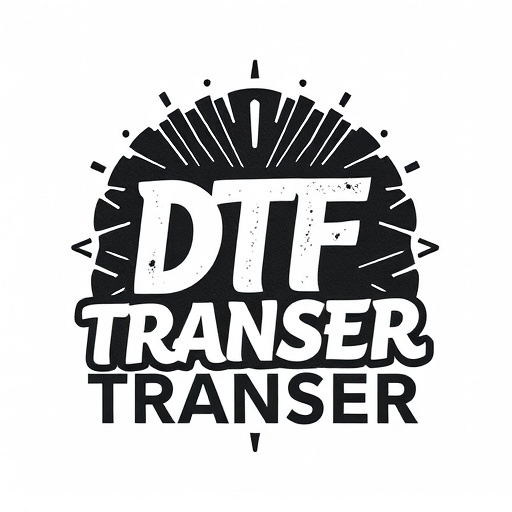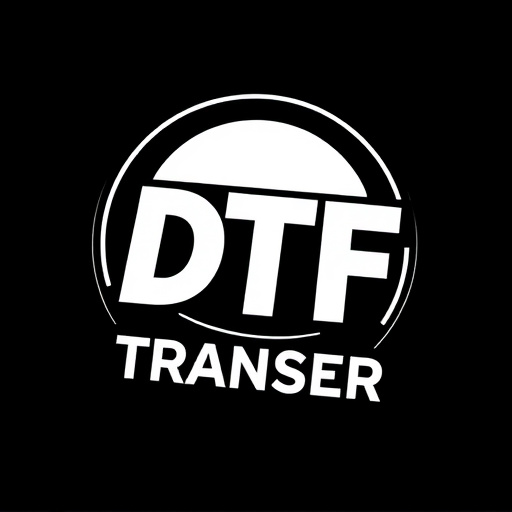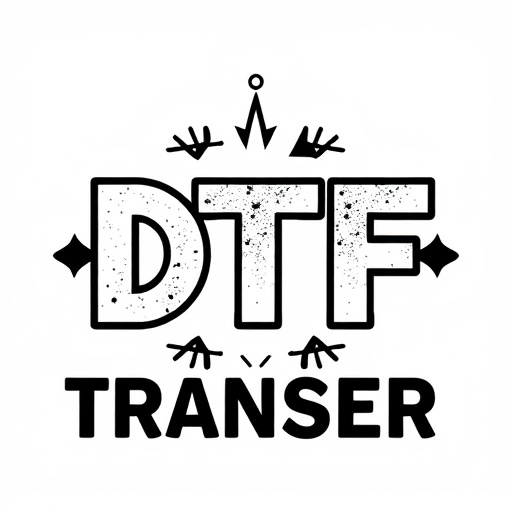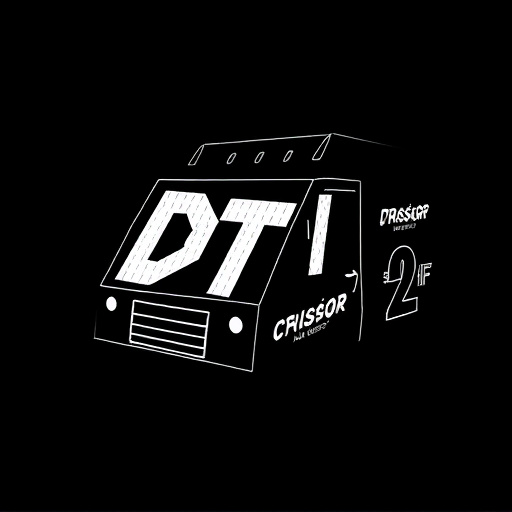Adhesive Direct-to-Film (DTF) technology enables high-quality printing on non-fabric surfaces like metal, plastic, wood, and glass using specialized adhesives. DTF's streamlined process, eliminating complex machinery, makes it cost-effective for indoor/outdoor use. Versatile enough for signage, automotive, and interior decoration, DTF offers vibrant colors, intricate designs, and easy customization. The meticulous application process involves surface preparation, film positioning, bonding, and curing for secure, durable prints. Understanding material compatibility and print specifications is crucial for optimal results in various industries leveraging DTF's game-changing capabilities.
Discover the revolutionary power of Adhesive Direct-to-Film (DTF) products, transforming non-fabric surfaces into vibrant canvases. This cutting-edge technology offers unparalleled benefits for enhancing diverse materials, from wooden furniture to acrylic signs. In this comprehensive guide, we explore DTF’s capabilities, compatible materials, application process, and its widespread adoption across various industries. Uncover how DTF Transfer is redefining the way we personalize and decorate non-fabric surfaces, creating indelible visual impacts.
- Understanding Adhesive Direct-to-Film (DTF) Technology
- Benefits of DTF Transfer for Non-Fabric Surfaces
- Common Non-Fabric Materials Compatible with DTF Printing
- The Process: Applying and Curing DTF Prints
- Design Considerations for Optimal DTF Results
- Applications and Industries Adopting DTF Transfer
Understanding Adhesive Direct-to-Film (DTF) Technology
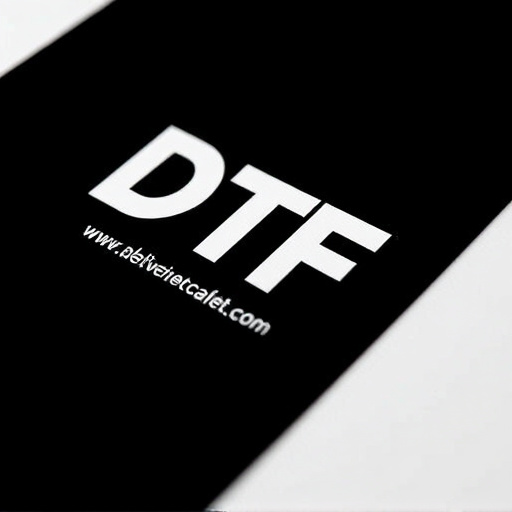
Adhesive Direct-to-Film (DTF) technology has revolutionized the way we apply prints and graphics to non-fabric surfaces. This innovative process involves transferring printed films directly onto a variety of materials, including metal, plastic, wood, and even glass. The DTF Transfer method utilizes specialized adhesives that ensure strong bonding, making it suitable for both indoor and outdoor applications. By eliminating the need for traditional printing methods that rely on complex machinery and specific surface preparations, DTF Printing offers a more efficient and cost-effective solution.
The beauty of DTF lies in its versatility. It allows for high-quality, detailed prints, including intricate designs and vibrant colors. This technology is particularly popular in industries like signage, automotive, and even interior decoration, where aesthetics and durability are paramount. Moreover, DTF Prints can be easily customized and tailored to specific requirements, making it a preferred choice for businesses seeking unique and personalized branding solutions.
Benefits of DTF Transfer for Non-Fabric Surfaces
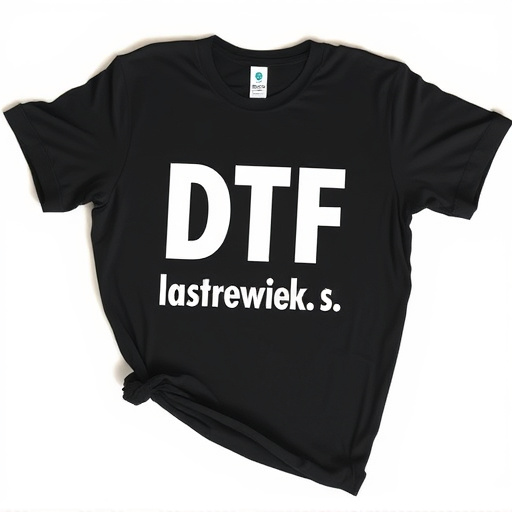
The Direct-to-Film (DTF) transfer process offers a multitude of benefits for applying designs to non-fabric surfaces. Unlike traditional printing methods that may require specialized equipment and complex setups, DTF Printing is a straightforward, cost-effective solution. It enables high-quality prints on a variety of materials, from glass and plastic to metal and wood, without the need for expensive coatings or preparations.
DTF Transfers provide exceptional durability and resistance to fading, making them ideal for both indoor and outdoor applications. The bond between the adhesive backing and the target surface is strong, ensuring that DTF Prints remain vibrant and intact over time. This technology also allows for intricate design details and precise color matching, resulting in visually appealing finishes that enhance any non-fabric surface.
Common Non-Fabric Materials Compatible with DTF Printing

Non-fabric materials that are commonly used and compatible with DTF (Direct-to-Film) printing include various types of surfaces like wood, plastic, acrylic, glass, and even metal. These materials offer a wide range of options for creative projects, signage, and decorative purposes. DTF transfer technology allows for high-quality prints to be achieved on these non-fabric surfaces, enabling users to transform everyday objects into eye-catching displays.
DTF printing is particularly versatile as it can produce vibrant DTF prints with excellent durability and longevity. Whether it’s a custom design for furniture, decorative stickers for cars, or artistic murals on walls, DTF transfer offers a professional finish. The process involves applying a thin layer of adhesive to the target surface, allowing the print to adhere securely while also being easily removable if needed.
The Process: Applying and Curing DTF Prints
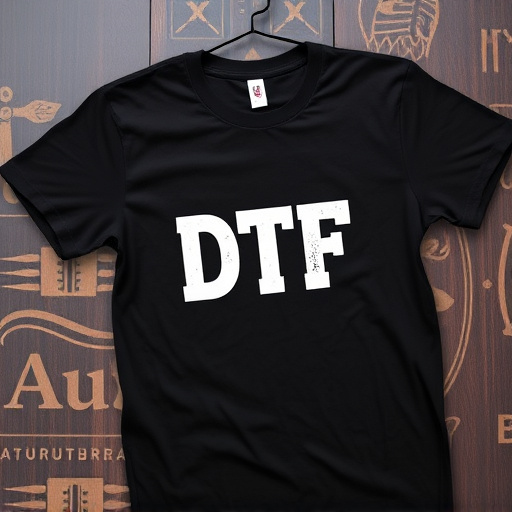
The process of applying and curing DTF (Direct-to-Film) prints is a straightforward yet precise method that yields high-quality results. It begins with preparing the surface, ensuring it’s clean and free from any debris or contaminants. This step is crucial for achieving optimal adhesion and long-lasting durability of the print. Once the surface is ready, the DTF transfer film is carefully unrolled and positioned precisely over the desired area. The design or image is then transferred onto the film using specialized equipment, such as a heat press or roller, which activates the adhesive properties.
After the DTF Transfer is complete, the film is carefully peeled away, leaving behind the printed design bonded to the surface. The final step in the process involves curing the print. This can be done through exposure to heat or UV light, depending on the specific adhesive and film used. Curing ensures that the adhesive sets fully, creating a strong bond between the DTF print and the non-fabric surface. This method is versatile and suitable for various materials, enabling users to achieve professional-looking results in a cost-effective and efficient manner.
Design Considerations for Optimal DTF Results
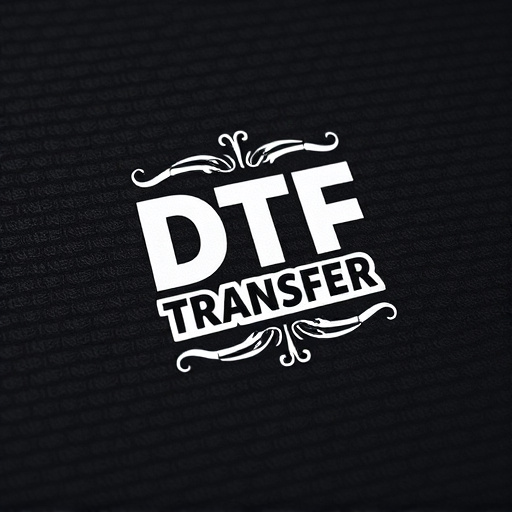
When designing for adhesive direct-to-film (DTF) products on non-fabric surfaces, several key considerations come into play to ensure optimal results. The first is understanding the material compatibility; not all surfaces are created equal, and what works well on a smooth plastic may not adhere as effectively to a textured or porous material like wood or metal. DTF transfers require a clean, dry, and non-porous surface for best adhesion and print quality.
Additionally, designing with the specific properties of DTF printing in mind is crucial. This includes considering resolution, color gamuts, and ink types suitable for the chosen substrate. For instance, certain inks may be better suited for transparent or opaque surfaces, while others offer enhanced durability or weather resistance. Maximizing design elements that align with the capabilities of DTF printing will result in higher-quality DTF prints and prolong the lifespan of your final product.
Applications and Industries Adopting DTF Transfer

The Direct-to-Film (DTF) transfer technology is revolutionizing various industries by offering an efficient and versatile printing solution for non-fabric surfaces. This innovative process allows for high-quality, long-lasting DTF prints on a wide array of materials such as wood, acrylic, glass, metal, and more. From eye-catching signage and decorative items to promotional products and custom artwork, the applications are vast.
Industries embracing DTF transfer include advertising, marketing, retail, art and craft, and even manufacturing. For example, businesses can create vibrant, durable signage for stores and exhibitions, while artists can easily reproduce intricate designs on various media. Additionally, personalized gifts and merchandise with DTF prints have gained popularity, allowing individuals to add unique touches to their creations.



